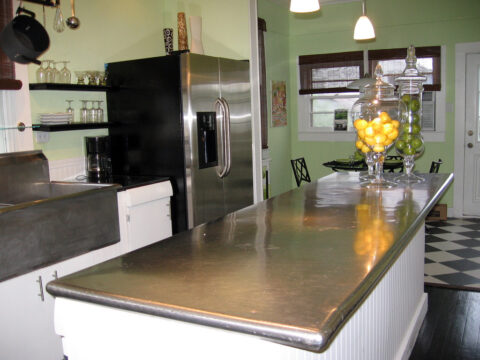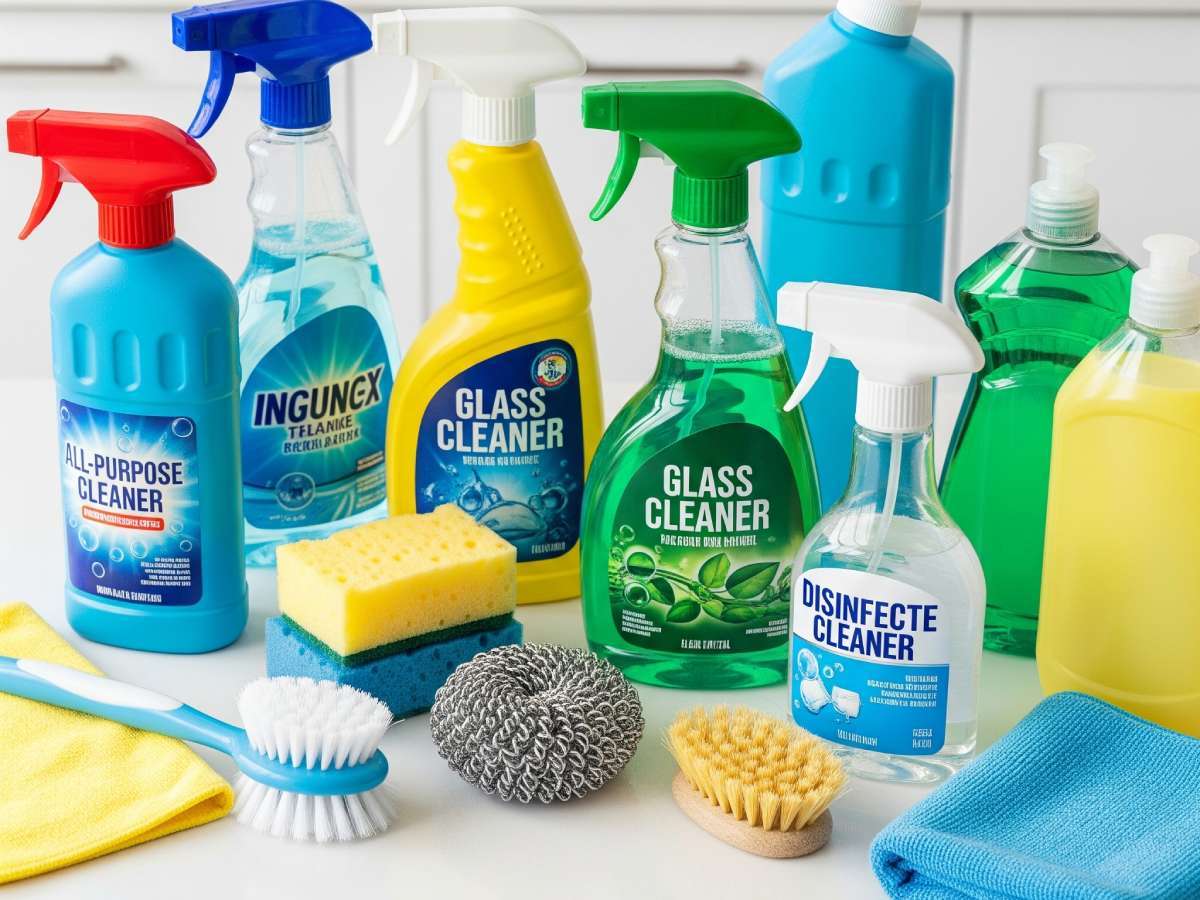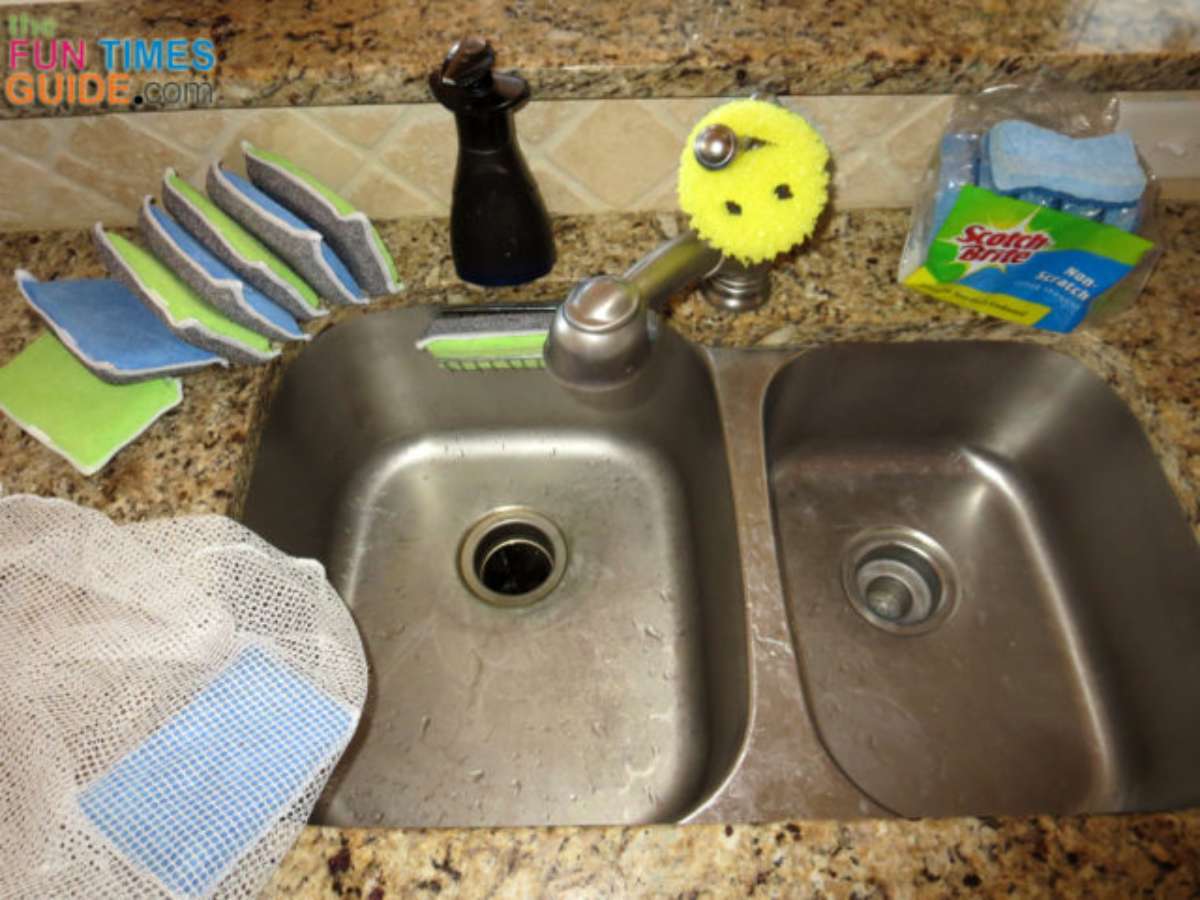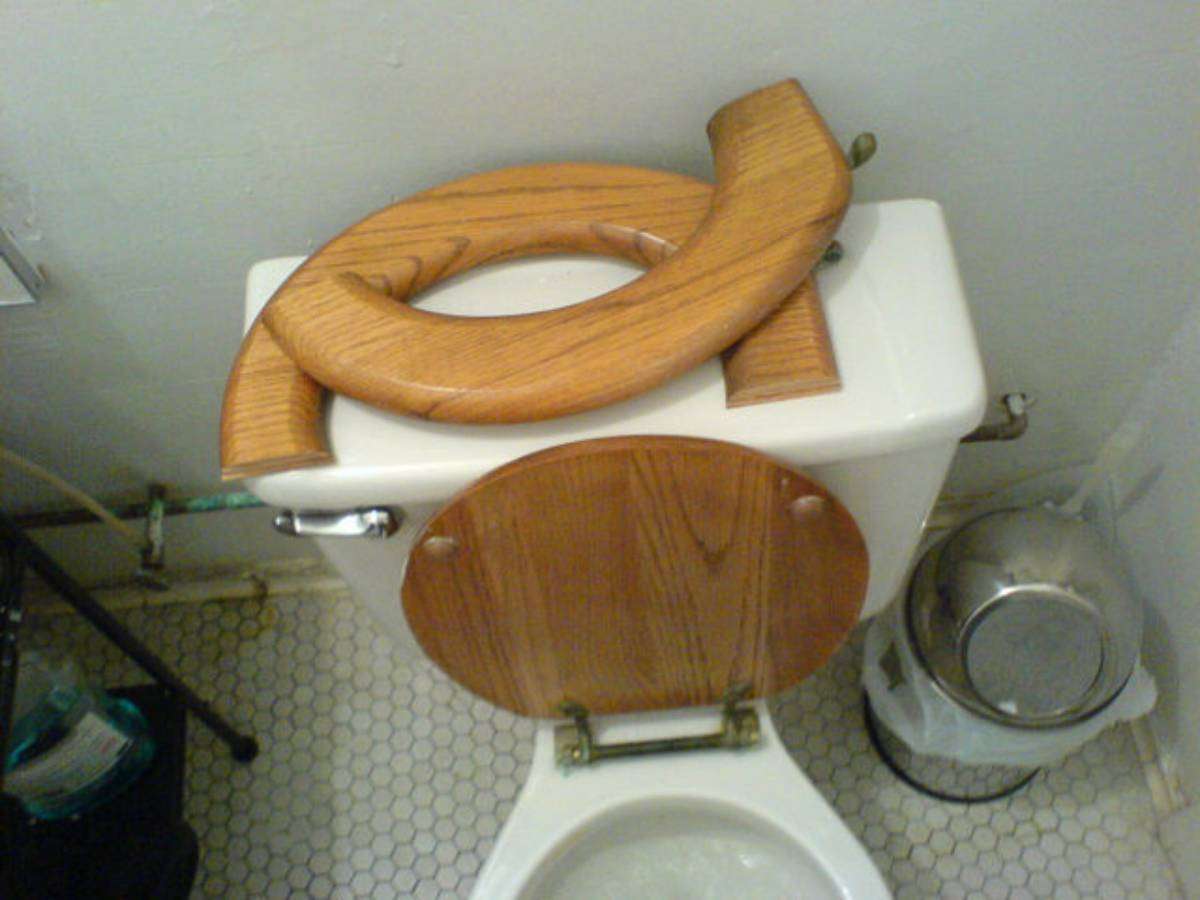
However, as slick and shiny as stainless steel appliances are, keeping them that way isn’t always easy.
In no time, they seem to collect sticky fingerprints and smears. Unfortunately, you’re left with a visible record of every time the refrigerator door has been opened.
Stainless steel requires careful cleaning in order to maintain its luster. Abrasive cleaners or those containing chlorine can cause permanent damage and discoloration to the surface of your stainless steel appliances.
Here’s how to clean stainless steel and remove scratches from your stainless steel appliances…
Stainless Steel Cleaners
Cleaning with a cloth and warm water is your safest approach for everyday fingerprints and food stains. For tougher stains, try adding a mild detergent to the water.
A few other DIY stainless steel cleaners include:
- Wipe the appliance entirely with olive oil. Then immediately wipe it entirely with vinegar. (See how it works in this video.)
- Mix vinegar with water and use that to wipe down the appliance.
- Household cleaners that have ammonia as an ingredient — such as Windex and other window cleaners — are safe to use on stainless steel.
There are also a number of stainless steel cleaners on the market, and most do a pretty good job:
- ProtectaClear is a coating that can be applied to both indoor and outdoor stainless steel appliances in order to protect them from staining and discoloration.
- Citrushine is a spray polish for stainless steel that’s formulated for outdoor use, but can be used indoors as well.
- Weiman Stainless Steel Cleaner is popular and it comes in many forms: a spray cleaner, wipes, and polish/cleaner combo). The Weiman Stainless Steel Cleaner/Polish is the one that rates most highly according to Consumer Reports:
The 7 cleaners we tested work well, so choose based on price and type. The Method Stainless Steel Cleaner, Pledge Multi-Surface Wipes, and Weiman Stainless Steel Wipes are one-step cleaners. With the other 3 [Stainless Steel Magic, Cerama Brite Stainless Steel Polish, and Weiman Stainless Steel Polish], you have to clean and then buff the surface.
Removing Scratches From Stainless Steel
Unfortunately, it can be rather difficult to remove scratches from stainless steel appliances. There are a few things you can do, but most methods have only limited success — especially if the scratch is deep.
Generally speaking, there are 2 ways to remove scratches from stainless steel appliances:
(1) A lightly abrasive cleanser (like a whitening toothpaste) can remove light scratches from stainless steel.
(2) A piece of fine grit sandpaper and a little muscle power can lead to satisfactory results on deeper scratches.
Just be sure to always rub the scratch with the grain of the metal. Otherwise, you’ll only make the scratch worse and much more obvious!
These tips are from TLC, a leader in home repair and remodeling:
- For fine scratches, cleaners such as Comet and Revere Stainless Steel and Copper Cleaner are non-abrasive cleansers that will gently buff stainless steel. They come in a dry powder that needs to be combined with water or as cream-based cleaners that go on the metal a bit smoother. Appliance manufacturers often make their own cleaners that are easy to find at home improvement stores.
- For deeper scratches, sanding with wet sandpaper is recommended. Sandpaper comes in various grits, so check first with your appliance manufacturer about which kind of sandpaper will work best for your stainless steel.
- If you have a lot of scratches, there are a few DIY scratch removal kits, such as Scratch-B-Gone or the Siege 63001 Stainless Steel Sink and Cookware Scratch Remover pack, that will take you step by step through the scratch removal process. These kits feature products similar to the two described above in one kit and will cost you a little more out of pocket.
See how the stainless steel Scratch-B-Gone system works:
Finally, the following video is long and slow, but it’s filled with very helpful info throughout. Listen closely to pick up the hidden gems that could save your scratched stainless steel appliances:
Did You Know?…
If a magnet sticks to it, the stainless steel is of a lower grade (400 series) and not as durable or corrosion resistant as higher-grade (300 series) stainless steel. Source





